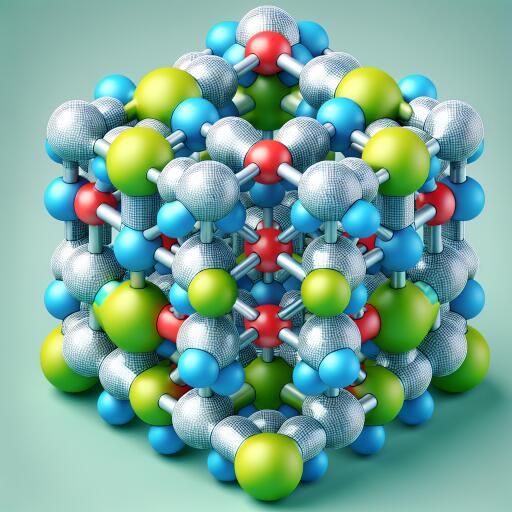Exploring the Versatile World of Lithium Niobate in Tech Applications
In the fascinating realm of materials science, few substances offer as much potential and versatility as ferroelectric materials. Among them, lithium niobate stands out for its remarkable properties and wide-ranging applications. Ferroelectric materials are distinguished by their ability to exhibit a switchable spontaneous polarization. This characteristic has garnered significant attention due to its utility across various technological advancements and innovations.
At the heart of ferroelectric materials like lithium niobate lies a unique feature — their dielectric properties can be intentionally altered and controlled. This ability is foundational for several critical applications, from the cutting edge of ferroelectric lithography to the burgeoning field of artificial photosynthesis. Moreover, these materials are integral to the enhancement of memory storage solutions, including Ferroelectric Random Access Memories (FeRAMs) and Dynamic Random Access Memories (DRAMs). The versatility of ferroelectrics extends further into the creation of sophisticated devices geared towards nonlinear optics, among others.
One of the keys to unlocking the full potential of lithium niobate in these applications is the control over ferroelectric domains. These domains, or the patterns of charge distribution and transport within the material, are critical to its functionality. By mastering the manipulation of ferroelectric domains, scientists and engineers can greatly enhance the performance and efficiency of devices made from lithium niobate.
The practical applications of lithium niobate are vast and varied. In the realm of nonlinear optics, for instance, the material’s properties enable the fabrication of devices that can manipulate light in powerful ways. This includes applications in laser technology, telecommunications, and photonics, where the control of light is paramount. Additionally, the ferroelectric properties of lithium niobate offer new avenues for memory devices. With the potential for higher speed and greater efficiency, these technologies promise to revolutionize how data is stored and accessed.
Moreover, the application of lithium niobate in emerging fields such as artificial photosynthesis presents a thrilling frontier. By harnessing the properties of this versatile material, researchers aim to mimic natural photosynthesis, converting sunlight, water, and carbon dioxide into oxygen and energy-rich compounds. This innovative approach could lead to sustainable solutions for energy production, addressing one of the most pressing challenges of our times.
In the end, the exploration and application of lithium niobate in various technological and scientific fields underscore its significance. The ability to control and harness its ferroelectric properties opens up a world of possibilities for innovation. From enhancing digital memory to contributing to sustainable energy solutions, lithium niobate is at the forefront of materials leading us into a new era of technological advancement.
As we continue to delve deeper into the capabilities and applications of lithium niobate, it is clear that this material holds the key to unlocking novel technologies and solutions. Its role in the development of next-generation devices and systems cannot be overstated, marking it as a cornerstone of future scientific and technological breakthroughs.









